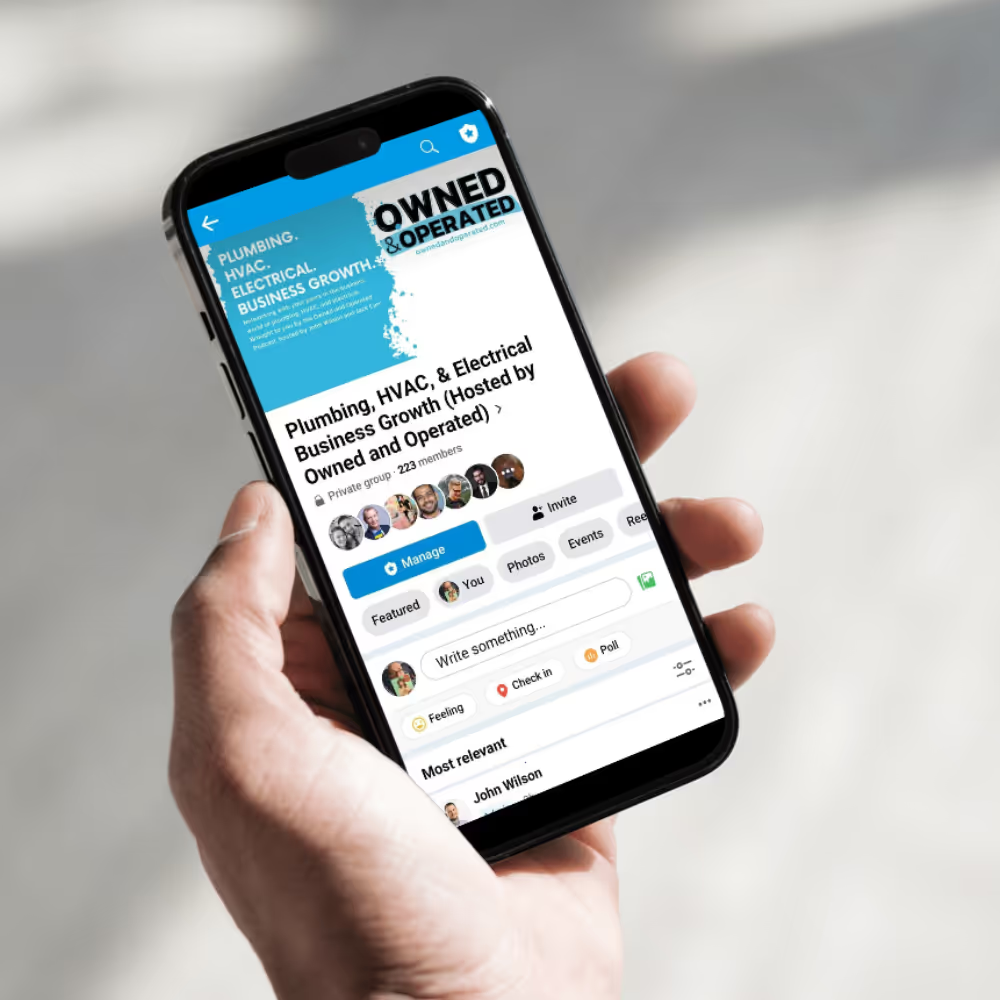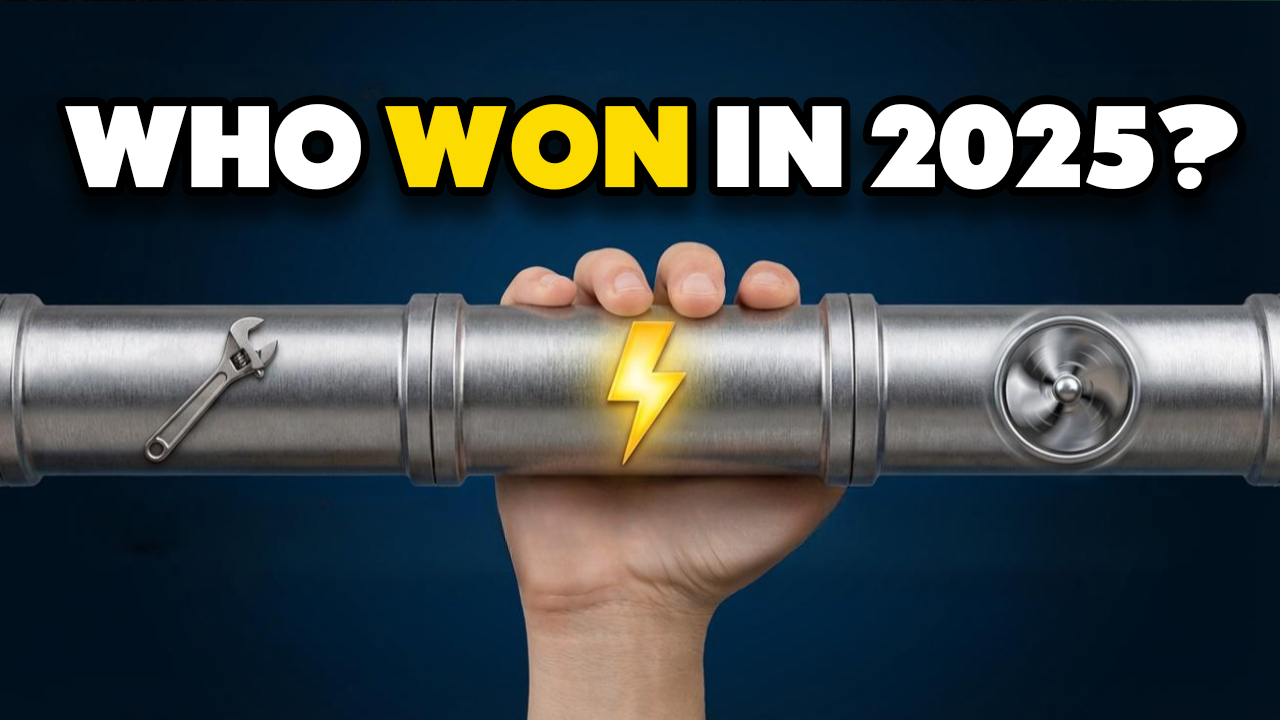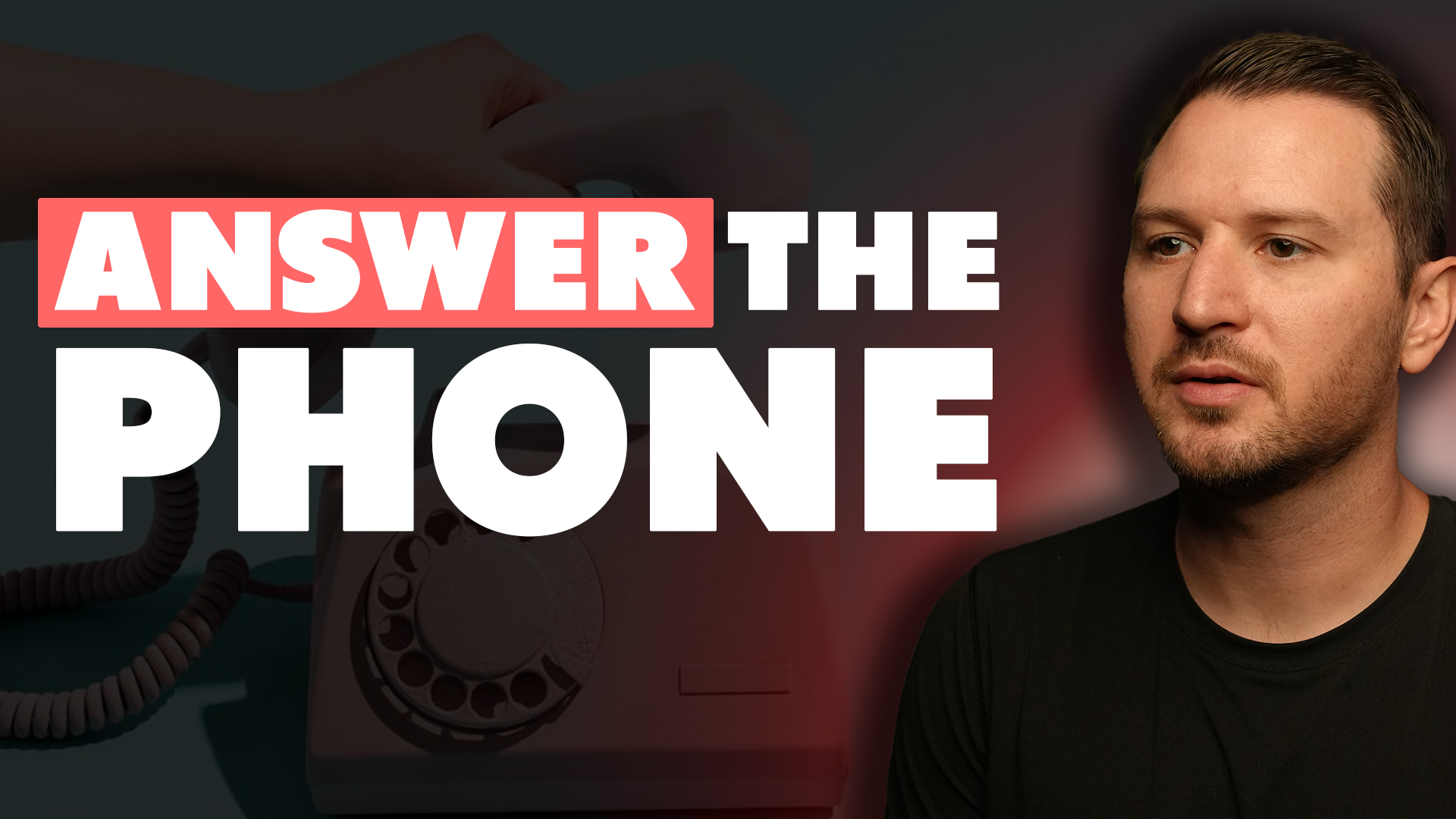There are some big things that help customers find uour business. New customers find businesses in a variety of ways—talking to friends, scanning newspapers (maybe for the old-school folks), or checking out coupons that land in their laps.
But the bulk of customers? It all happens on Google. They'll hop online and search for a plumber, HVAC tech, fix for a broken water heater, or how to get this thing repaired near me.

So, as home service entrepreneurs, our main gig is to rule the search game. There are four main pillars: Local Service Ads (LSA), Pay-Per-Click (PPC), Search Engine Optimization (SEO), and Google My Business (GMB) and Map Pack.
Imagine being the top pick when someone Googles for a plumber or HVAC tech in your area. It's not just a dream—it's achievable with these four core pillars of digital dominance:
Local Service Ads (LSA)
LSAs offer immediate leads but have become increasingly competitive. To shine here, focus on immediate response times and impeccable service delivery. It's about striking while the iron's hot. Think urgency and excellence in every interaction.
For many home service companies, LSAs represent a substantial portion, or even the entirety, of their advertising budget due to their effectiveness. However, LSAs have become significantly more competitive lately.
Just a year or two ago, you could bid on services like drain or electric work for about $7-10 per lead. Now, those same leads might cost $50-60 due to decreased search demand and increased competition among companies vying for those keywords.
Despite this surge in cost, LSAs remain a potent tool, propelling even multi-million dollar businesses solely through Google LSAs. It's a user-friendly platform, manageable either through hiring an agency, especially for higher ad spends, or self-management for smaller budgets, say around $200 per week.
Effectively managing LSAs involves providing data to Google, selecting job types for bidding, and ensuring your qualifications are highlighted. It's a rapid lead generator—expect leads almost instantly.
However, your conversion rates and responsiveness, like how efficiently you handle inquiries, are critical. LSAs attract urgent customers seeking immediate solutions, so being prompt is key to retaining these leads.
Their immediacy makes LSAs impactful and an integral part of our business strategy, although I don't recommend relying solely on LSAs for leads.
They typically appear near the top of search results, especially on mobile, often the very first listings when searching for services like plumbers or landscapers.
In essence, LSAs are an important avenue for driving leads in the home service industry, making a substantial impact on businesses, but they should be part of a diversified strategy rather than the sole source of leads.
Pay-Per-Click (PPC)
PPC operates on bids—you enter the amount you're willing to bid, and it positions you based on that bid within the mechanism. We've consistently used an agency for our PPC needs, specifically Service Scalers, and they've been fantastic.
Initially, when Local Service Ads (LSAs) emerged about two years ago, they somewhat overshadowed PPC. People seemed to bid farewell to PPC as LSAs were effective and economical.
Back then, around 2020 and 2021, PPC leads were expensive—ranging from $50 to even hundreds per lead, making it competitive and intricate.
Moreover, PPC directs users to your website, emphasizing the importance of a well-optimized landing page for a seamless customer experience. This adds complexity to the PPC process, with extra steps required.
However, as LSAs grew in competitiveness, PPC has regained its value. In the last six months, we've observed PPC delivering significantly.
Surprisingly, we're now paying $2-$5 less per lead in PPC compared to LSAs—a remarkable shift from the expensive PPC leads of the past.
PPC remains a crucial part of marketing strategies, especially with LSAs becoming increasingly competitive. In larger markets, LSAs start at $80 and can reach hundreds, making it challenging for businesses aiming for a 6-8% marketing spend.
PPC serves as a reliable way to diversify lead flow.
Working with an agency for PPC is highly recommended, as it's more intricate than LSAs and demands greater attention. PPC is a powerful tool but requires more effort and diligence compared to LSAs.
DIYing PPC isn't recommended, yet it remains an invaluable part of your overall marketing strategy.
Consider partnering with an agency like Service Scalers for the right bids and ensure your landing pages are conversion magnets.
Search Engine Optimization (SEO)

When a new customer searches the internet for solutions to their problems, are you the first page that shows up?
Ensure your website is optimized for relevant keywords, user-friendly navigation, and offers valuable, shareable content. Each page becomes an investment in perpetual traffic.
Remember, it's a marathon, not a sprint. SEO requires time, investment, and consistent content creation.
The advantage of SEO lies in its nature as an investment. Unlike PPC or LSA, which function more like inserting money into a token machine for immediate returns, SEO involves building something long-term.
Content created for SEO remains on your website indefinitely, continually driving traffic.
Consider each page on your website as an investment for the long haul. For instance, we began our SEO efforts seven years ago. Over time, this accumulated work has consistently delivered results for our business.
SEO shouldn't be underestimated. Though it may require a substantial investment—ranging from a few thousand dollars to several grand per month—it's a crucial and enduring investment within your website.
Its impact persists and yields lasting benefits, making it a pivotal aspect of your digital strategy.
Google My Business (GMB) and Map Pack
Location and reviews are your currency here. Your GMB profile is a digital front door; proximity and a strong review score are non-negotiable.
Choosing your business's physical location should not merely be a cost analysis but a strategic marketing and recruitment decision. The physical positioning of your Google My Business largely determines that most of your traffic will come from within a mile of that location.
Results tend to decrease if you're outside the map pack's vicinity, even for LSAs, if you're more than a mile away from your target customer.

Many contractors and home service entrepreneurs choose locations in cheaper areas—neighborhoods with less appeal, higher crime rates, and potentially customers who may not afford their services.
Their decision often revolves around the lower cost per square footage. Interestingly, despite these factors, the bulk of their leads still come from within a mile of that location.
This highlights how a physical location isn't just about cost—it's a strategic move impacting recruitment and marketing. It stresses that the geographical positioning significantly influences lead generation and customer base, rather than being solely based on cost considerations.
Reviews hold significant weight. People rely on them extensively. You don't necessarily need a perfect five-star rating, but having a good one is crucial. A rating below 4.5 might raise concerns for potential customers, while a perfect five-star might seem overly curated.
In my opinion, a sweet spot is around 4.8 to 4.9, showcasing mostly positive service experiences while acknowledging some imperfections, like our pricing in our case.
Our reviews often mention our higher pricing, which we're proud of as it signifies our commitment to quality service.
Quantity of reviews matters too. Fewer than a hundred might give the impression of a starting business, while over a thousand signals a seasoned, trustworthy entity. Having over a thousand reviews implies reliability and a focus on customer experience.
These elements significantly impact how businesses are perceived. They provide signals to customers about your reliability and commitment to quality service.
They're crucial aspects of your Google My Business profile and directly influence your online presence.
When it comes to dominating search, these are the four crucial aspects to consider. Each demands a different strategy, aiming for a well-rounded business that can handle any incoming leads.
Get more Owned and Operated on YouTube, on Twitter, or with our weekly newsletter.








